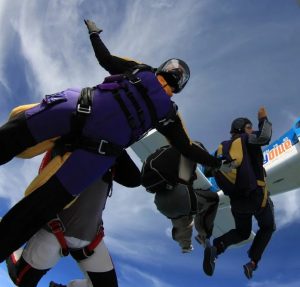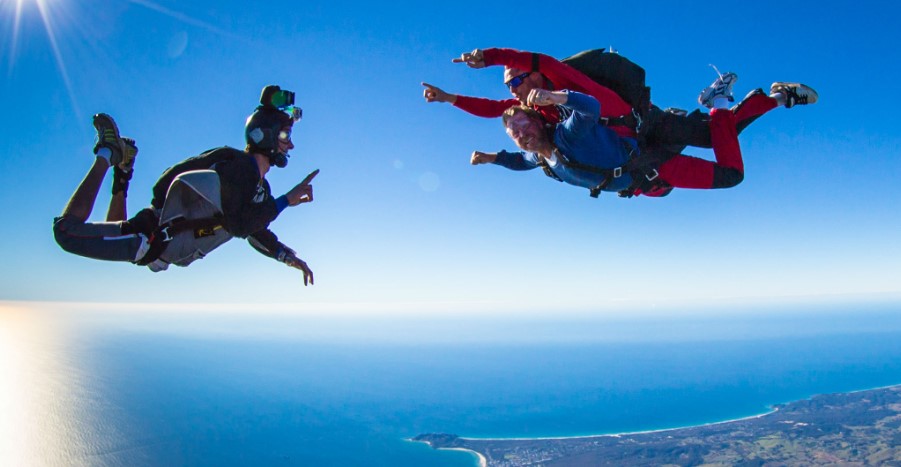Skydiving is an exhilarating sport that allows you to experience the thrill of freefall. Jumping out of a perfectly good airplane might seem daunting, but with proper training and instruction, skydiving is a relatively safe activity. However, there are minimum age requirements in place to ensure the safety of participants. These requirements are set to make sure that jumpers have the maturity, physical development, and understanding necessary to skydive safely.
Age Requirements by Skydiving Type
There are two main types of skydiving that beginners typically participate in: tandem skydiving and solo skydiving (which requires obtaining a skydiving license). The minimum age requirements for these types of jumps are different.
- Tandem skydiving: Tandem skydiving is where you jump with a licensed instructor who is securely harnessed to you throughout the entire jump. This is the most common way for beginners to experience skydiving for the first time. The minimum age requirement for tandem skydiving varies depending on the dropzone, but it is generally around 16 years old. Some dropzones may allow tandem jumps for younger participants (as young as 14 in some cases) with parental consent. However, it’s important to find a reputable dropzone that has a good safety record and that is experienced in working with younger jumpers.
- Solo skydiving (AFF): To skydive solo, you will need to obtain a skydiving license. This typically involves completing a rigorous training program called Accelerated Freefall (AFF). The minimum age requirement to begin AFF training is usually 18 years old. This is because AFF training involves a lot of physical exertion and requires a good understanding of safety procedures. It’s also important to be able to make quick decisions in mid-air, which is why a higher age minimum is typically in place for solo skydiving.
It’s important to note that these are general minimums. Some dropzones may have higher age requirements, especially for solo skydiving. Always check with the dropzone you plan to jump with for their specific requirements. You may also be required to pass a physical fitness test before you can jump.

Additional Considerations
In addition to the minimum age requirement, there are a few other things to consider when it comes to skydiving. These include:
-
- Weight limits: Most dropzones have weight limits for both tandem skydiving and solo skydiving. This is to ensure the safety of both the jumper and the instructor (in the case of tandem skydiving).
- Medical conditions: Some medical conditions may disqualify you from skydiving. It’s important to consult with a doctor before you jump to make sure that it is safe for you to do so.
- Maturity level: Even if you meet the minimum age requirement, it’s important to be mature enough to understand the risks and responsibilities involved in skydiving. Skydiving instructors will assess your maturity level before allowing you to jump.
If you are considering going skydiving, be sure to do your research and choose a reputable dropzone with a good safety record. Make sure you understand the minimum age requirements and any other restrictions that may apply. Skydiving is an amazing experience, but it’s important to be safe and responsible.
